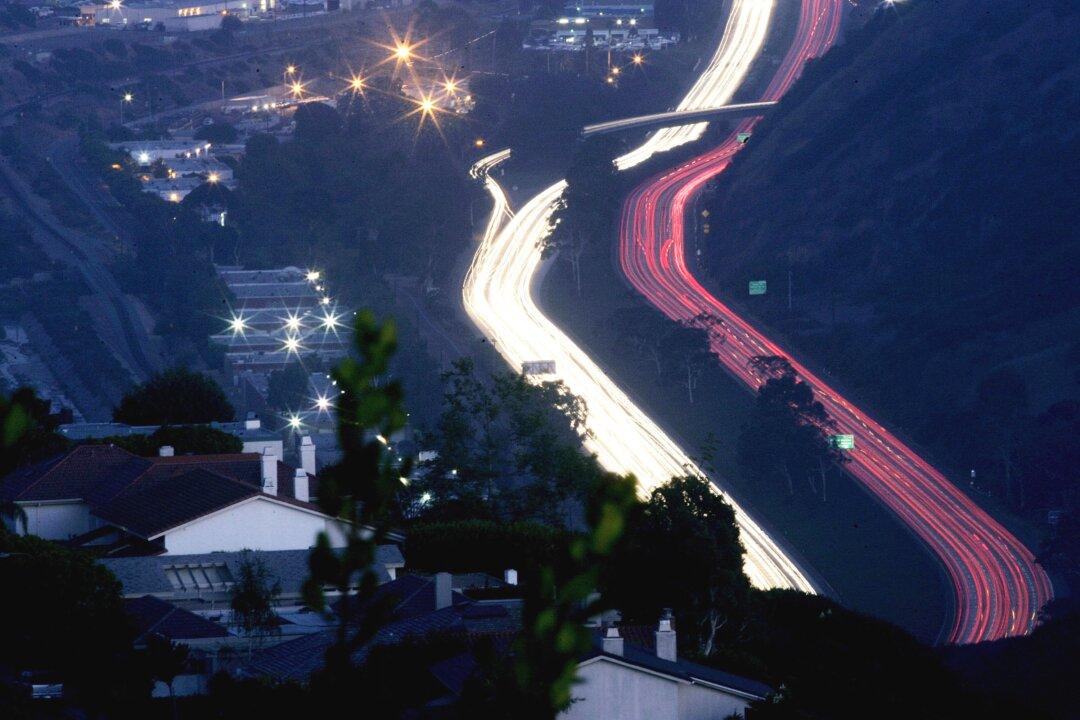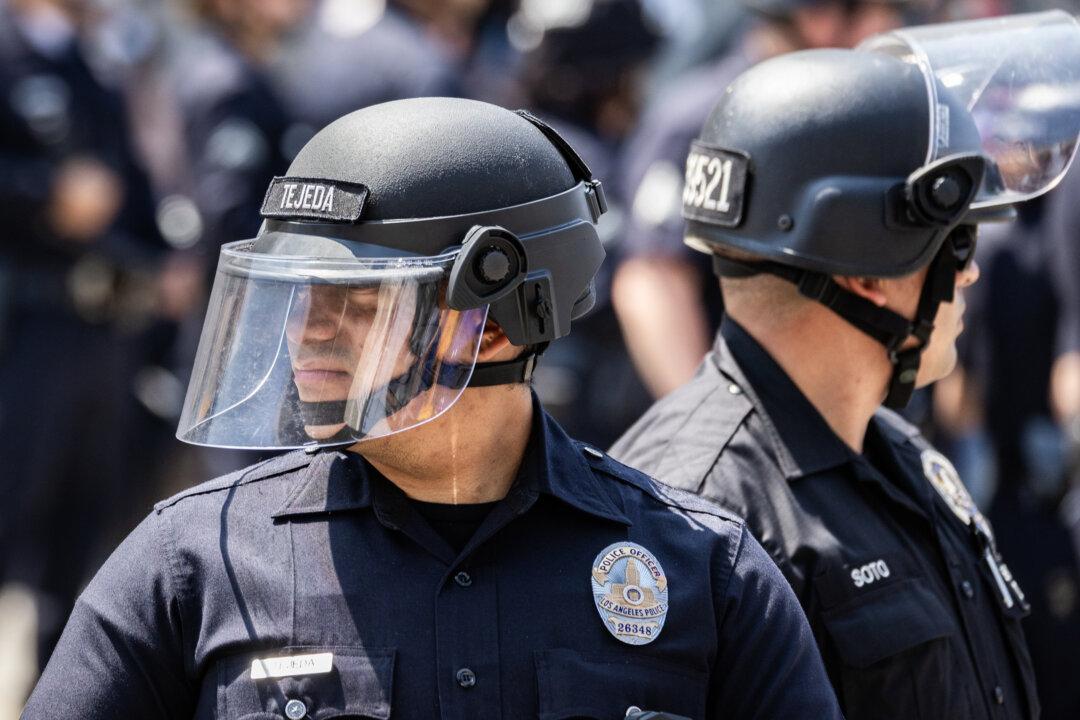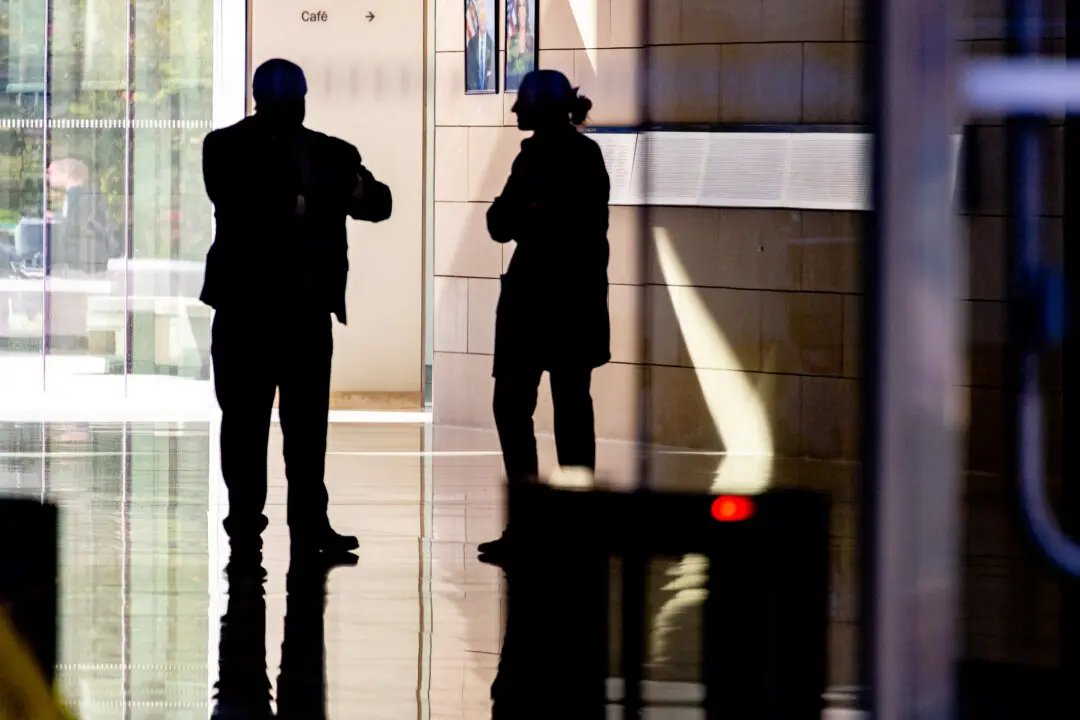SAN DIEGO—Some board members of the San Diego Association of Governments (SANDAG) on Dec. 3 are looking for alternatives—instead of charging county residents for every mile they drive—to fund the county’s regional transportation plan.
The four-cents-per-mile road usage tax proposal—and two half-cent regional sales taxes proposed for 2022 and 2028—was envisioned as a way to help fund SANDAG’s long-term regional plan.





